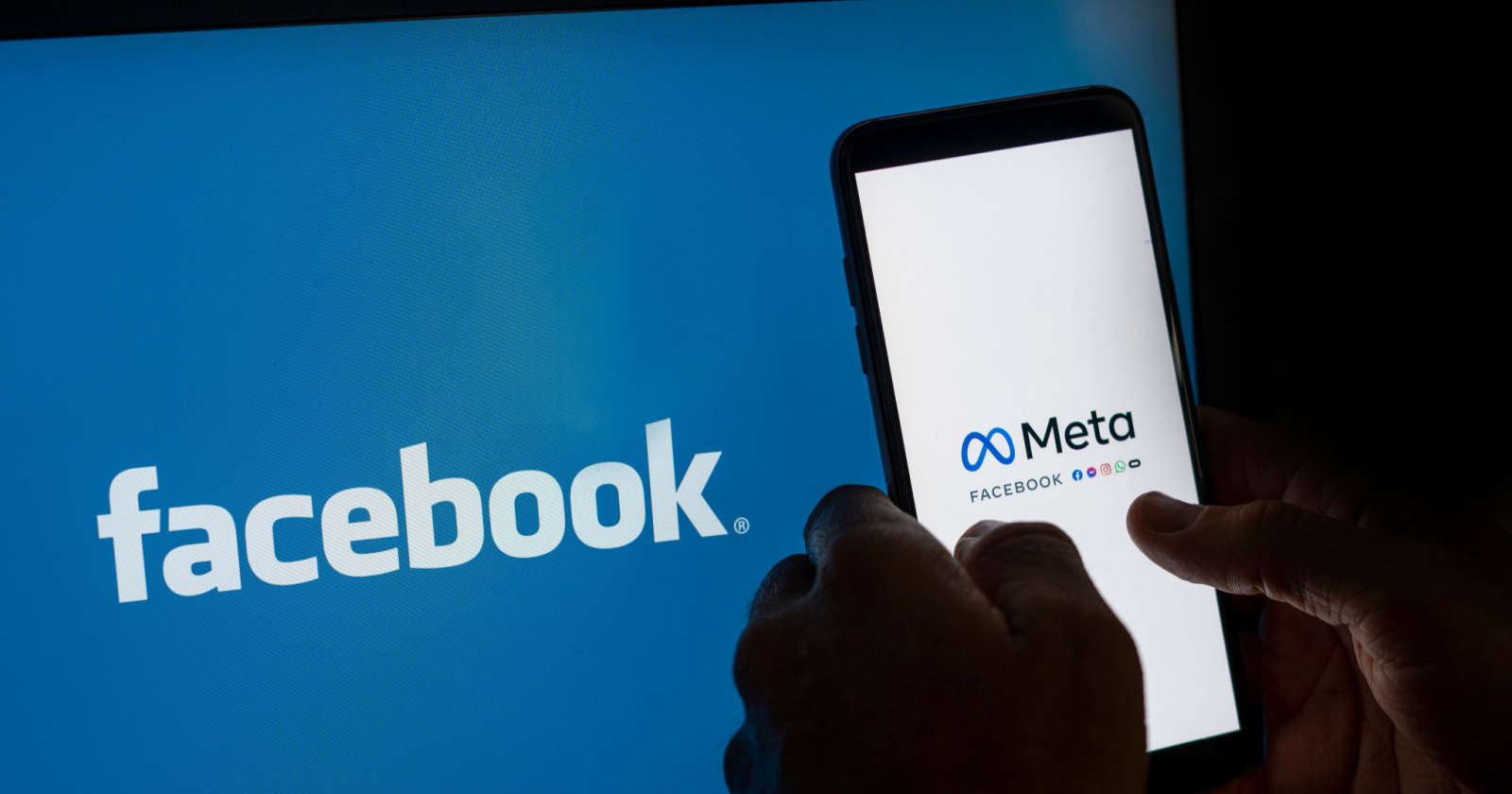Meta shares four top signals its algorithm uses to determine which videos receive wide distribution on Facebook.
The signals that have the most significant influence on video distribution include:
- Originality
- Audience retention
- Audience loyalty
- Engagement
We’ll go over each signal in more detail in the following sections.
In a blog post, Meta summarizes its video distribution strategy:
“Facebook’s video ecosystem values original content and encourages intentional and loyal consumption. We want videos on our platform to be authentic, enduring, and entertaining, which can turn casual viewers into passionate fans.”
In other words — if you produce original videos that viewers keep coming back to watch, your content will likely get surfaced more often.
That’s the simple explanation, however. For more information, continue reading the following sections.
1. Originality
Facebook prioritizes videos created by the person or team who is publishing them.
Facebook will also prioritize videos that aren’t 100% original if the creator adds something meaningful to the source material.
An example of semi-original content could be a creator adding unique commentary to a video made by someone else.
Meta stresses that people should avoid publishing content they didn’t play a significant role in creating.
2. Audience Retention
Keeping viewers hooked on a video to the end is a strong distribution signal for content on Facebook.
Meta explains in a blog post:
“Retention is one of the indicators of how well the content was received by the audience – a slow and gradual decline in the audience retention graph can show that the topic and structure of the video match well with what your audience wants to see, while an early drop off may mean that the content isn’t what the viewer expected.”
Meta recommends planning videos around a storyline, building them for on-the-go mobile viewing, and investing in good production quality to increase audience retention for videos.
3. Audience Loyalty
In addition to using audience retention as a ranking signal for videos, the Facebook algorithm considers audience loyalty.
Loyalty refers to how often viewers come back to watch more of the creator’s content.
The loyalty signal is even stronger when Facebook users search for a creator’s videos or visit the creator’s profile to watch their content.
Meta recommends publishing “bonus” content in-between high production uploads to increase audience loyalty. For example, you could post low-production reels while working on your next long-form video.
Meta also suggests optimizing for Facebook search results by writing clear titles and descriptions and adding relevant hashtags.
4. Engagement
Facebook prioritizes video content that generates conversations and interactions.
Person-to-person interaction can increase distribution further, such as a user sharing a video with a friend.
Although comments and reactions are ranking signals, creators should avoid using engagement bait tactics.
Engagement bait is one of Facebook’s negative ranking signals, which we’ll discuss in the next section.
Negative Ranking Signals For Video On Facebook
Specific tactics can decrease video distribution on Facebook.
Meta says you should avoid doing these things if you want your videos to be seen by a broad audience:
- Engagement bait: Urging people to interact with content, such as writing captions like, “like this post if you agree!”
- Watchbait: Intentionally withholding information to get viewers to watch to the end.
- Clickbait: Luring viewers to click on a link for information intentionally omitted from the video.
Along with reducing distribution, the above tactics can make a video ineligible for monetization.
Source: Meta for Media
Featured Image: Joao Serafim/Shutterstock
window.addEventListener( ‘load’, function() {
setTimeout(function(){ striggerEvent( ‘load2’ ); }, 2000);
});
window.addEventListener( ‘load2’, function() {
if( sopp != ‘yes’ && addtl_consent != ‘1~’ && !ss_u ){
!function(f,b,e,v,n,t,s)
{if(f.fbq)return;n=f.fbq=function(){n.callMethod?
n.callMethod.apply(n,arguments):n.queue.push(arguments)};
if(!f._fbq)f._fbq=n;n.push=n;n.loaded=!0;n.version=’2.0′;
n.queue=[];t=b.createElement(e);t.async=!0;
t.src=v;s=b.getElementsByTagName(e)[0];
s.parentNode.insertBefore(t,s)}(window,document,’script’,
‘https://connect.facebook.net/en_US/fbevents.js’);
if( typeof sopp !== “undefined” && sopp === ‘yes’ ){
fbq(‘dataProcessingOptions’, [‘LDU’], 1, 1000);
}else{
fbq(‘dataProcessingOptions’, []);
}
fbq(‘init’, ‘1321385257908563’);
fbq(‘track’, ‘PageView’);
fbq(‘trackSingle’, ‘1321385257908563’, ‘ViewContent’, {
content_name: ‘meta-ranking-signals-for-video-on-facebook’,
content_category: ‘facebook news’
});
}
});


